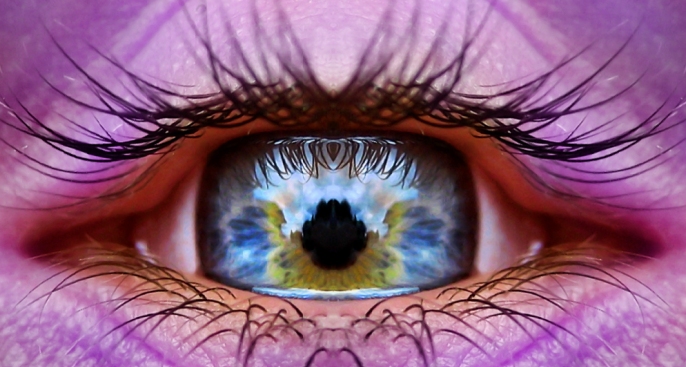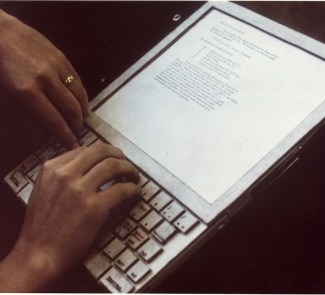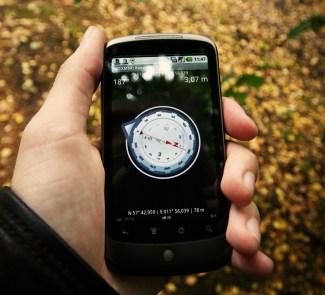The US company Rambus has created a tiny lensless camera for the Internet of Things that could be integrated into objects for just a few cents.
The number of Internet-connected objects is growing continually, and they’ve made the jump from mobile phones to just about any household element, in the urban and not-so-urban landscape. Even a regular lamp can be turned into a smart object with a simple ‘smartplug’ that is equipped with a chip to connect to a Wi-Fi network. And like all new emerging technology, it needs add-ons to expand its possibilities. This is where a tiny device created by Rambus comes in – a camera for the Internet of Things.
Rambus is a company in Sunnyvale, California that specialises in creating new technology and selling it to other companies to market. One of its latest inventions hasn’t found a buyer yet, and in fact, it still needs a few final touches before it’s ready for the commercial phase, but there will undoubtedly be multiple companies interested in integrating this camera for the Internet of Things into their products.
Despite the increasing miniaturisation of hardware, it is hard to shrink cameras any smaller than they are already; making them any smaller is practically unfeasible. Rambus has chosen a different path to create a small device that can be incorporated into any type of object, with another important characteristic: the manufacture cost would barely increase.
It is an optical sensor that doesn’t even have a lens, but that makes it possible to gather a minimum of information on the environment in order to determine its state. It’s not at all like the high-resolution cameras that are included in mobile devices, whose lenses have to be manufactured with a precisely calculated curved surface. The solution that they came up with at Rambus was to get rid of this component in order to reduce the size of the sensor.
The curved lens that a camera uses is replaced by a tiny sensor that maps light with the help of a spiral structure. This information is processed by a camera, which composes the image. The device could be integrated into chips, and the increase in the cost would be just a few cents per unit, which is laughable in comparison with the price of a camera.
The Rambus camera works based on a grating etched in the shape of a spiral, which allows light to enter from any direction. A sensor collects all of these spirals, which a human can’t interpret, but that with the right software, can be converted into images. Low-resolution images, that is; for now the maximum is 128×128, which is enough for an object to get an idea of what’s in front of it.
Image: ViaMoi









